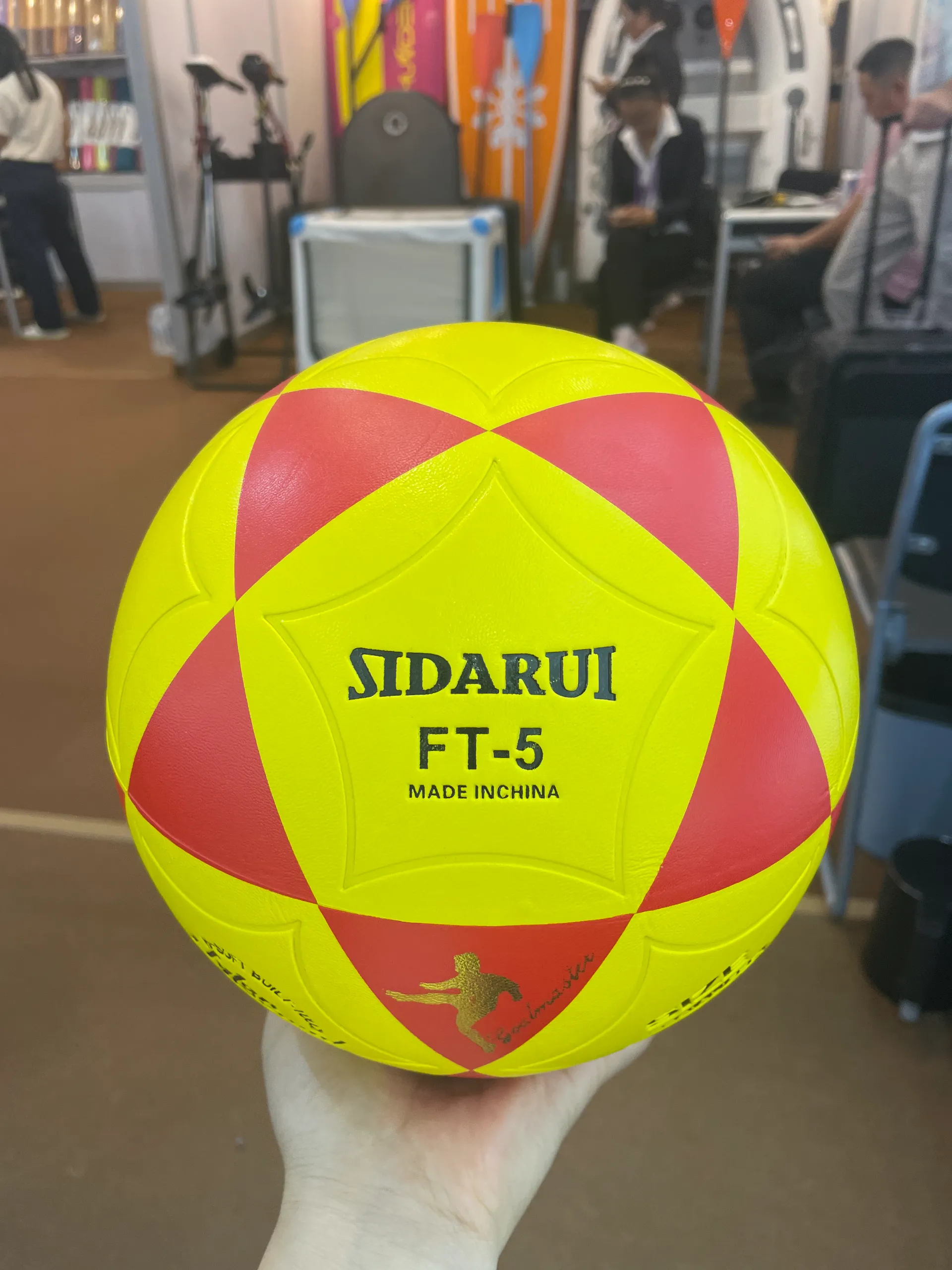Volleyball, a dynamic and engaging sport, has evolved into numerous forms that cater to varying interests and skill levels. Understanding the differences between these types can significantly enhance one's appreciation and approach to the game, whether you’re a seasoned player or a curious newcomer.

Indoor volleyball, one of the most widely recognized forms, is typically played on hard courts with six players on each side. The game is known for its fast pace and strategic depth, requiring players to execute complex plays and quick movements. Indoor volleyball offers structured positions including setters, hitters, and liberos, each with specific roles that contribute to a well-rounded team strategy. This kind of volleyball emphasizes teamwork and coordination, making it a staple in school, collegiate, and professional sports leagues worldwide.
Beach volleyball, while sharing core similarities with its indoor counterpart, presents a unique set of challenges. Played on sand, typically with teams of two, beach volleyball requires not only physical endurance but also adaptability, as the outdoor conditions can drastically affect play. The sand adds an element of physical challenge, demanding greater agility and strength from players. With variations such as mixed doubles and beach volleyball’s inclusion in the Olympic Games, this variant has gained significant popularity, promoting a laid-back yet competitive atmosphere.

Sitting volleyball, an adaptation for athletes with physical impairments, is played by athletes sitting on the floor. This version of volleyball is featured in the Paralympic Games and offers an inclusive experience that maintains the intensity of the sport. The net is lower, and the court dimensions smaller, but the rules are similar to traditional volleyball, highlighting the inclusivity and adaptability of the game. This form of volleyball not only promotes athleticism but also underscores the sport's accessibility to all.
different kinds of volleyball
Grass volleyball, often enjoyed recreationally, merges elements of both indoor and beach volleyball. Typically played in a casual setting, such as a backyard or park, grass volleyball offers a flexible arrangement in terms of team size and rules, making it adaptable for various skill levels. This version is particularly popular at outdoor events and barbecues, emphasizing fun and camaraderie over competition.
Another intriguing form is Wallyball, played within a racquetball court. This version introduces the walls as part of the play, allowing the ball to be hit off the walls, adding a layer of complexity and strategy. It's a fast-paced variant that encourages quick reflexes and creative play, making it an attractive option for those looking to enjoy the sport in a unique setting.
Finally, some regions have embraced Sepak Takraw, a sport native to Southeast Asia which incorporates elements of volleyball played with a rattan ball, using not only hands but also feet, head, and chest to touch the ball. While not strictly volleyball in the conventional sense, its inclusion reflects the sport’s global influence and adaptability.
Understanding these variations allows players to choose the style that best suits their skills and interests, encouraging broader participation across diverse demographics. Each form of volleyball brings its unique elements, enriching the sport's cultural tapestry and ensuring that there is something for everyone, from the competitive athlete to the casual weekend player. As the sport continues to expand and evolve, it stands as a testament to the universal appeal and adaptability of volleyball, continually finding new ways to challenge and engage players around the globe.













